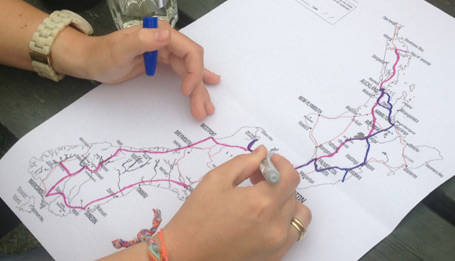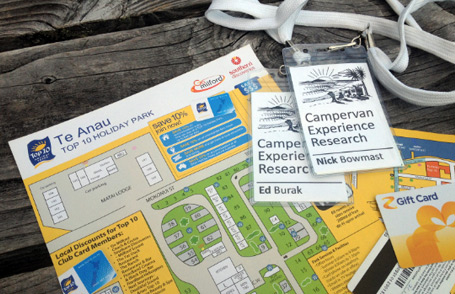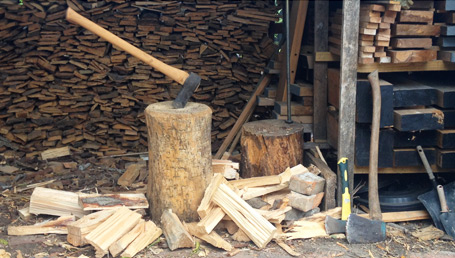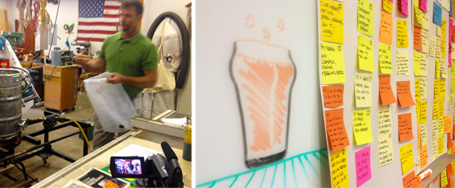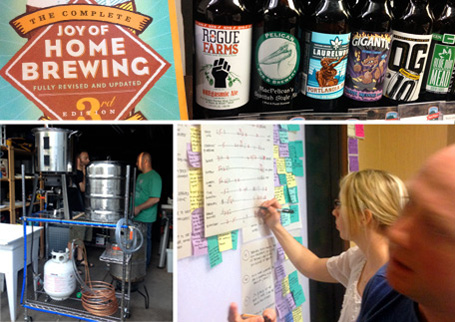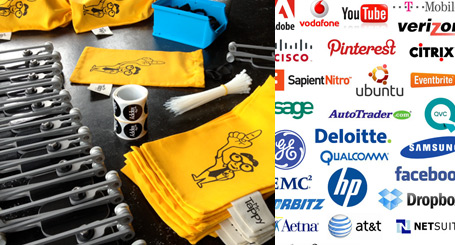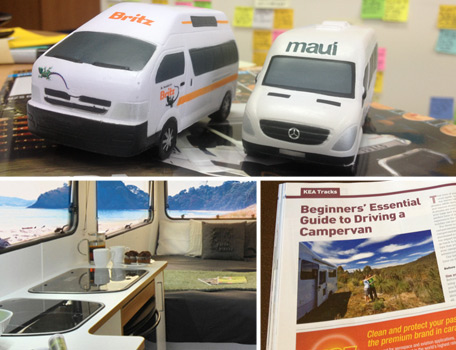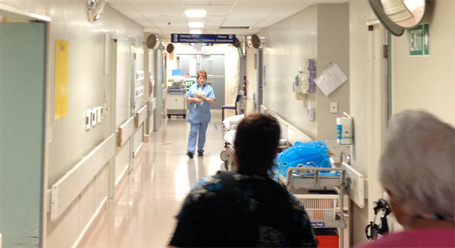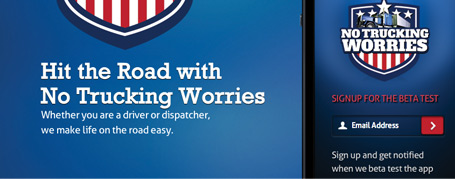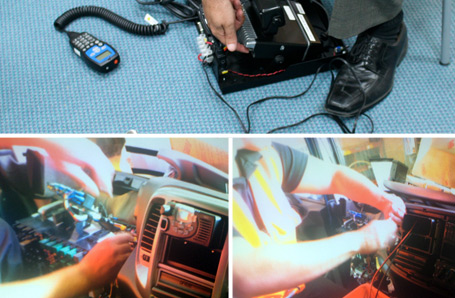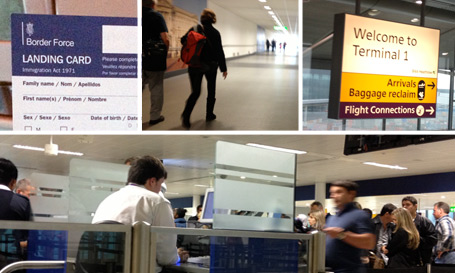How and why I use games as ‘tools for talking’ during fieldwork interviews…
 A couple of universal truths stand in the way of discovering what people actually think and do:
A couple of universal truths stand in the way of discovering what people actually think and do:
What people do and what people say are rarely the same.
Equally, what people think, and what they say are very different.
Annoyingly, but reliably, these rear their heads during customer interviews and ethnographic studies – the two main methods I use to gain insights from people.
In practice they work like this:
Customers will alter their behaviour if they know they are being watched, This is known as the ‘Hawthorne effect‘.
And they’ll most certainly have a self-edit running while they are being interviewed, so they’ll tell you the things they think you’re wanting to hear.
Apart from a pretty strong ‘bullshit detector’ and the ability to read between the lines I use ‘games’ to get around these conflicts.
I make simple activities – prompts with words and pictures – for customers to arrange right in front of me.
These help customers express perceptions, beliefs, attitudes, emotions and preferences. Uncovering ‘the why?’ behind these, bringing a richer, more accurate picture to the surface.
Most commonly I use a variation of one of these:
Journey.
Plotting a sequence of events or process by placing items in the order they happened. I often have the participants add a series of ’emotion cards’ to highlight highs and lows etc.
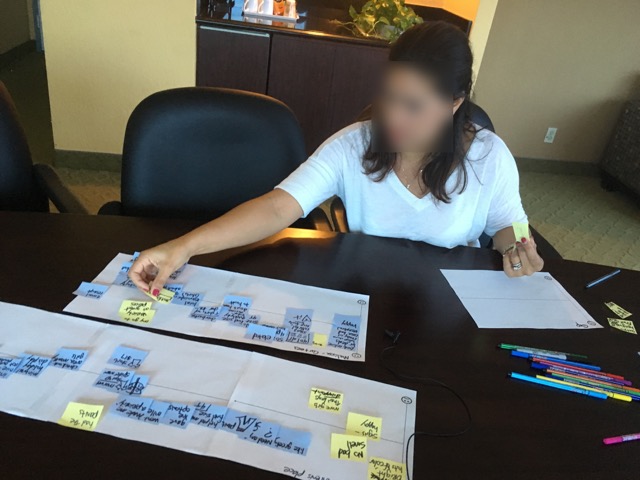
After a mad-dash of shopalongs in a retail CX project, this participant maps the highs and lows of her experience.

Here I’ve used yellow and blue cards as positive and negative emotions. Top marks to this participant for serving cheese and crackers!
Grouping.
This is a bit like a ‘card sort’, but less about categorising and more about arranging by value, importance, usefulness etc.

Here I asked customers to sort services by value to them – ‘could have’, ‘should have’, ‘must have’ and ‘deal breaker’ – Explaining their choices as they went.

I gained great insight for a retail interior design project by asking customers to arrange images of retail environments.
Mapping.
Working out which goes with what. Great for understanding why people make certain choices.

Customers here were able to map services to their preferred channel. Note: I’ve included ‘It depends’ as an option. Because sometimes, it just does.
As you can see, the materials are bespoke to the project, and I take great care to plan them, keeping them to a manageable number (you don’t want to spend more than 15 mins on an activity like this)
So, here are my top tips:
It’s not data.
These activities are all about the conversation, not collecting data.
There may be some patterns in the arrangements, but on face value they are nowhere near as useful as the thoughts they helped elicit from the customer.
I might photograph the final arrangement, but the real value lies in what the customer has shared in describing it, justifying their placements and what this means to them.
Kickstart a conversation.
Many times I’ve had a conversation go from prickly to fluid around these activities, so it can help break the ice. Perhaps some people are more comfortable with ‘something to do’, during the interview. The customer will visibly relax, letting me into their stream of thoughts, where I want to be.
How to facilitate?
Depending on the person and the topic, I sometimes leave them to complete the activity on their own, making a mental cache of their movements, then reflect on these afterwards, or I’ll have them talk me through every step, (known as ‘think aloud‘ in usability world).
Either way, when I can literally hear them thinking, it’s a good time to prompt them for their thoughts.
Be a ‘thought sniper’.
You’ll want to seem ‘distanced’ from the subject, (they might feel like you’re watching them with one eye as you pretend to check your twitter feed) but you’ve got your sights on their every move.
Watch for the pauses and hesitations, confidence in placement of cards.
Underlying these movements are the nuances which, when expressed verbally, can reveal the kind of insights you’re looking for.
Freestyle.
Always include a few ‘blank’ cards and have a pen handy. You’re unlikely to have covered every eventuality or option in your set of cards, so let customers make their own.
Try to have the activity on a sheet of paper, so customers can draw rings around groups, links between items etc.
What have I missed?
There’s no way in the world I’m the only person who uses these techniques, so if you’ve got something to add, please add it in the comments or send me an example and I’ll add it to the post. Thanks!
 Google have a stab at answering this question in their article ‘What fuels great design and why most startups don’t do it?”
Google have a stab at answering this question in their article ‘What fuels great design and why most startups don’t do it?”







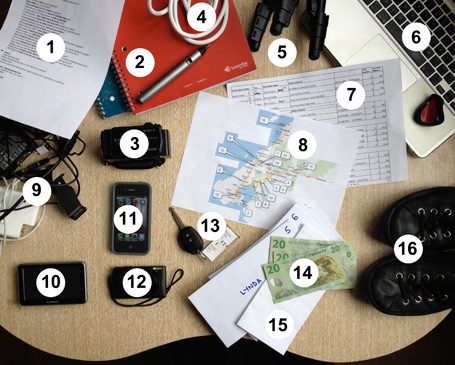
 A couple of universal truths stand in the way of discovering what people actually think and do:
A couple of universal truths stand in the way of discovering what people actually think and do:









